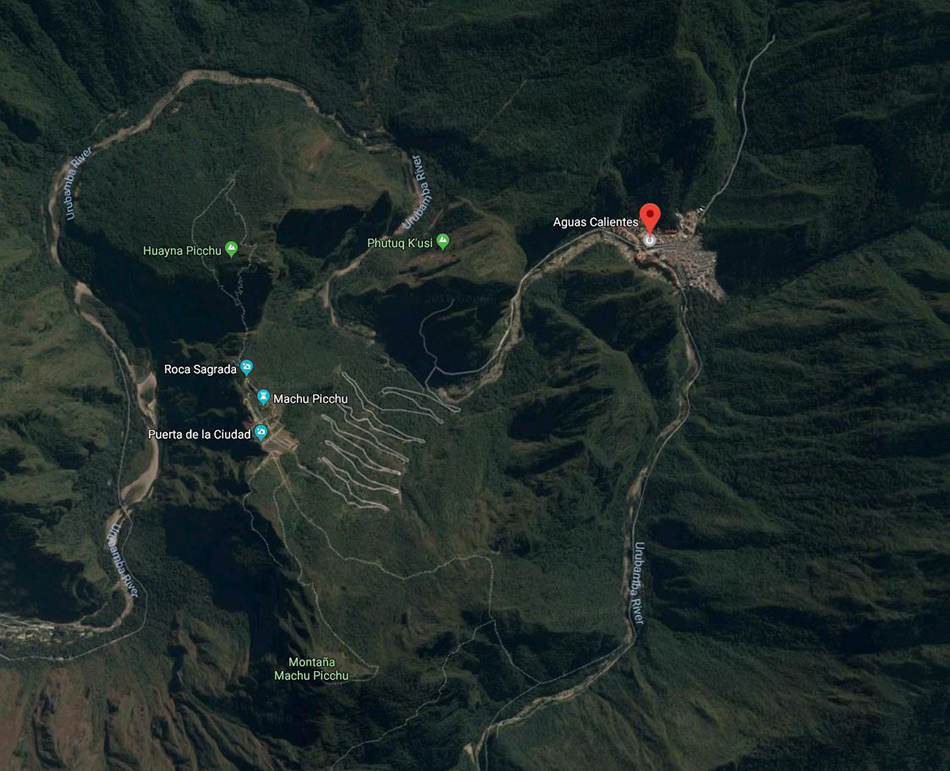machu-picchu11
May 31, 2018
machu picchu – day5
click to read the machu picchu posts
getting to the ruins
The logistics of getting to the ruins at Machu Picchu were not clear in the travel packet. All I focused on, was the need to bring a secondary bag that would server as my luggage when we went to Machu Picchu. (It was only after talking to Allie at VBT that I understood the need for a “carry-on” size bag that I packed a backpack.)
Access to the Inca ruins at Machu Picchu is strictly controlled by the Peruvian Government.
VBT interfaced with the government agency managing Machu Picchu to secure all the needed tickets.
The only way to get to the ruins at Machu Picchu is by PeruRail. And luggage size and weight are heavily restricted.
We left from Ollantaytambo Train Station early in the morning. We stored our small bags in the narrow space between the seats. And even though luggage size is restricted, service on the two-car train was like service on a trans-Atlantic flight. It was amazing.
The trip takes about an hour-and-a-half. The tracks follow the sacred Urubamba River – the reflection of the Milky Way here on earth. The train stops twice; once, to let off hikers who are doing the 4-day hike to the ruins; and a second time to let off hikers who are doing the 6-hour hike.
The majority of our group got off at marker Km104 for the 6-hour hike up the Inca Trail to the ruins. Ann, Don and I passed on the hike.

The final stop is Aguas Calientes. This small town services, accommodates and transports the thousands who come to see the ruins.
The whole town is about tourism. Near the railroad station are all the hotels, hostels and other accommodations. To get to our hotel – Inkaterra, Machu Picchu – we walked through the warrens that are the souvenir stalls. The hotel porters lugged all the luggage from the train station to the hotel on flat-bed carts that they push up the steep inclines.
There are no private vehicles in Aguas Calientes. To get to the ruins, you board a bus in town and for an hour you ascent the mountain on a one lane, gravel road.
It was both amazing and nerve-racking when two buses had to negotiate the right-of-way. Only the corners, on the switch-back road, were paved with stones otherwise we were on a dusty dirt road.